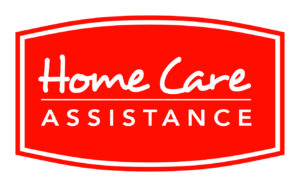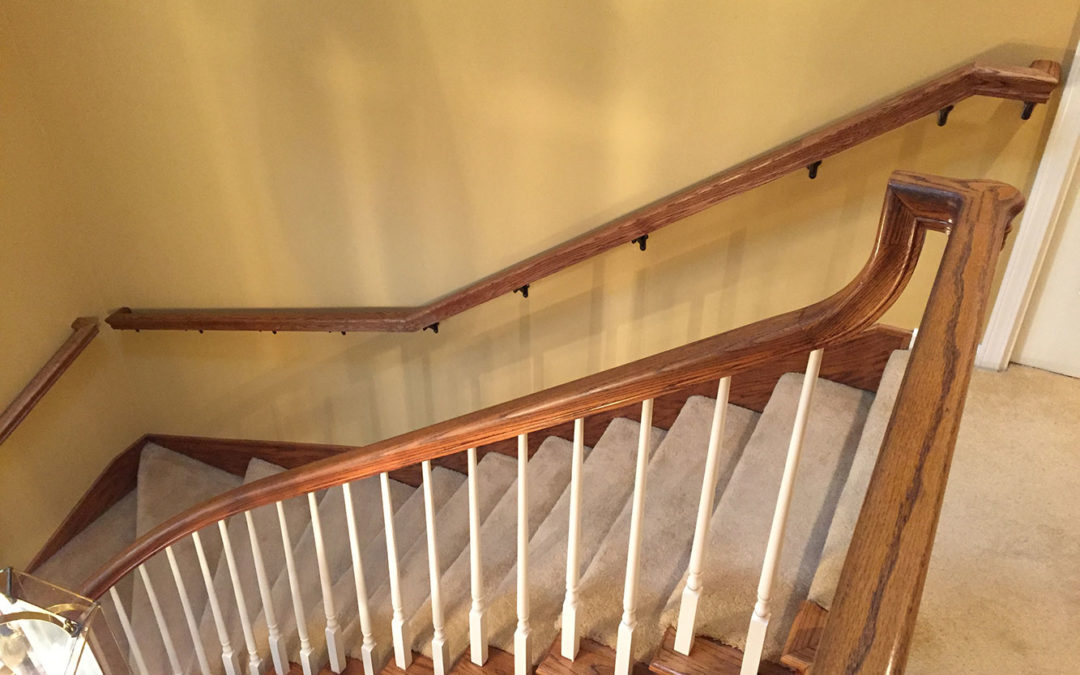Article submitted by: Francesca Vogel, Home Care Assistance
Falls can become increasingly common for seniors as they age. The World Health Organization (WHO) Global Report on Falls Prevention in Older Age states that “approximately 28-35% of people aged of 65 and over fall each year increasing to 32-42% for those over 70 years of age.”
Facts About Fall Risk
The Centers for Disease Control and Prevention tells us that “more than one out of four older people falls each year, but less than half tell their doctor. Falling once doubles your chances of falling again.”
The WHO report shares even more alarming statistics relating to falls in the elderly:
- “Falls lead to 20-30% of mild to severe injuries and are the underlying cause of 10-15% of all emergency department visits.”
- “The duration of hospital stays due to falls varies; however, it is much longer than other injuries and can range from 4 to 15 days.”
- “Falls may also result in a post-fall syndrome that includes dependence, loss of autonomy, confusion, immobilization and depression, which will lead to a further restriction in daily activities.”
- “Falls account for 40% of all injury deaths. Rates vary depending on the country and the studied population.”
16 Strategies to Prevent Falls for Seniors
Use these precautions to take care of your loved one and their home to prevent falls:
- Provide non-slip mats in the bathtub and shower.
- Install grab bars in strategic points around the bathroom.
- Provide a shower seat.
- Replace the shower head with a hand-held nozzle.
- Install a handrail for any stairs.
- Clear the stairs of any tripping hazards.
- Differentiate between the stairs by replacing the carpet on each step or painting each step a different color to make them easier to spot.
- Consider a stairlift that can safely take a senior up or down a flight of stairs.
- Shovel snow and chip ice off stairs in the winter.
- Tape extension cords down or slide them underneath or behind furniture.
- Remove excess furniture.
- Get a cane, walker, or a motorized scooter.
- Make sure your loved one’s shoes fit well and have non-slip soles.
- Try shoes with Velcro straps to make them easier to tighten or loosen.
- Install better, brighter lighting.
- Keep a senior active.
Questions to Ask After a Senior Falls?
One of the first steps for caregivers after a loved one falls is to schedule a doctor’s appointment. Share the details of the fall and ask the doctor questions. What questions should you ask? Leslie Kernisan, MD MPH outlines her recommended medical checks in her article, “8 Things to Have the Doctor Check After an Aging Person Falls.” Be sure to ask for:
- An assessment for an underlying new illness.
- Blood tests.
- A review of medications.
- A gait and balance review.
- Any pain or discomfort to be addressed if that seems to be a cause of problems.
- Vitamin D level tests.
- An evaluation of underlying heart or neurological conditions.
- Vision, podiatry, and home safety referrals.
Starting a conversation about falls with elderly parents can be difficult. But the sooner you have the conversation, the sooner you both can take precautions to reduce their fall risk and avoid a fall in the first place. Contacting Home Safety Services for an at-home falls prevention assessment is a great first step.
Resources
How Caregivers can Reduce Fall Risk for Seniors
Fall Prevention: Taking Care of Yourself and Your Home
How Exercise Can Prevent Falls in Seniors
Center for Disease Control and Prevention: Older Adult Falls
8 Things to Have the Doctor Check After an Aging Person Falls


